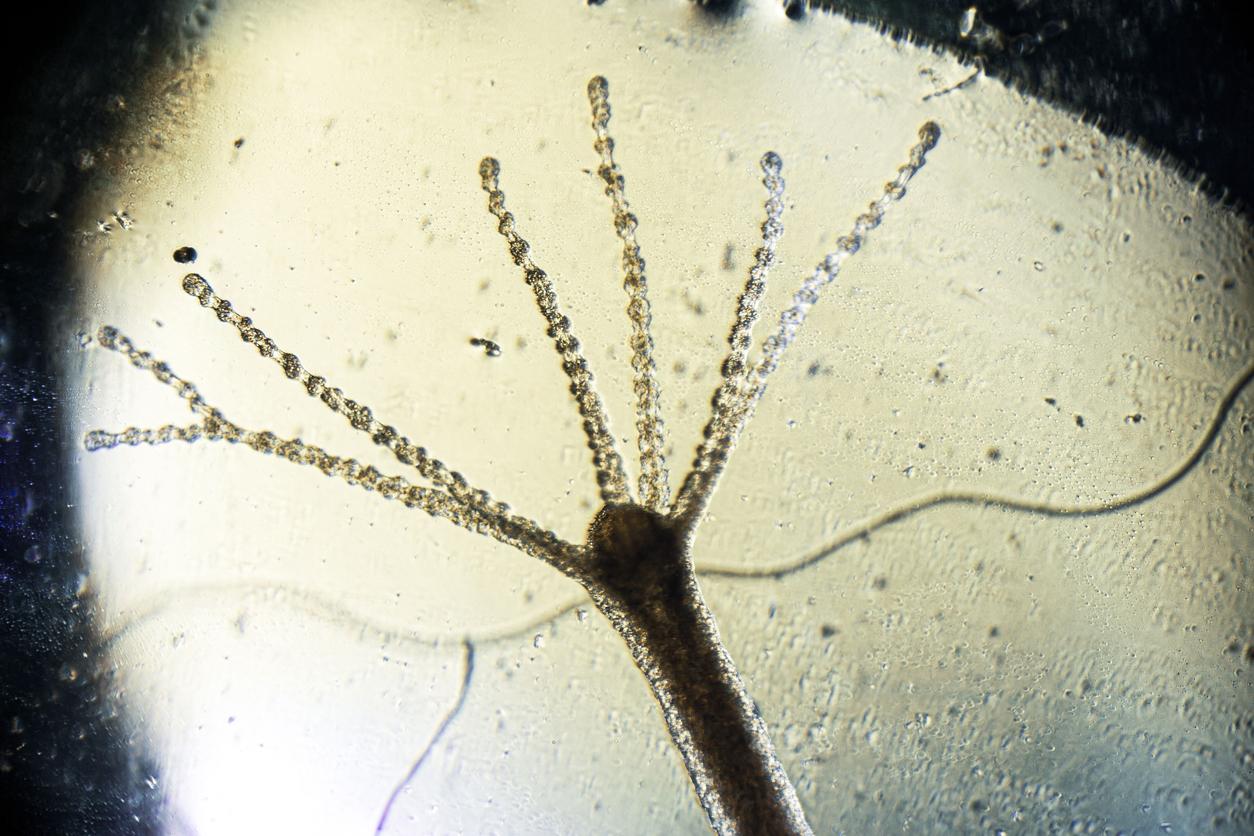Scientists have analyzed a species of jellyfish, the hydra vulgaris and discovered that these brainless molluscs can nevertheless sleep.

- Japanese researchers have discovered that a species of jellyfish, devoid of a brain, nevertheless observes sleep cycles.
- Hydra vulgaris has a rhythm based on four-hour cycles.
- Through molecular and genetic observation, researchers found human-like chemical mechanisms
Observations of animals tell us about human evolution. Researchers from Kyushu University in Japan conducted a study on jellyfish to better understand sleep. Their work, published in Science Advancessuggest that the concept of sleep predates the concept of the brain, because these creatures, which are devoid of it, nevertheless present a state similar to the sleep of Man.
Sleep-like cycles
The scientific team is interested in thehydra vulgaris, an animal belonging to the jellyfish family and which is only a few centimeters long. These animals do not have a central nervous system or a brain. They are just provided with a diffuse network of nerves, without any centralization. The researchers, who observed the creatures with cameras to identify their movements, found that their rhythms were based on four-hour cycles: alternating between activity and rest, similar to sleep.

Some human-like chemical mechanisms
Then, the second part of the study was carried out through molecular and genetic observations. The Japanese team discovered that jellyfish are sensitive to melatonin, a molecule used to find sleep or improve its quality. When exposed to it, they sleep longer and more regularly.
The inhibitory neurotransmitter GABA, also linked to sleep, also markedly increased rest periods in these animals. On the other hand, dopamine, which in humans normally causes awakening, increased the sleep time of jellyfish. “Some mechanisms associated with sleep have been conserved, others have changed with evolution“says Taichi Q. Itoh, lead author of the study.”These experiments provide important evidence that animals acquired sleep-related mechanisms before the development of the central nervous system, adds the researcher, and many of these mechanisms have been retained.”

















